ASNR Diversity and Inclusion Resources

This is a curated list of resources on various Diversity, Equity, and Inclusion (DEI) topics. This list will be continually updated with new resources as they become available. If you have resources you would like to see added to this list, please contact us.
ASNR Celebrates the Diversity of Its Membership
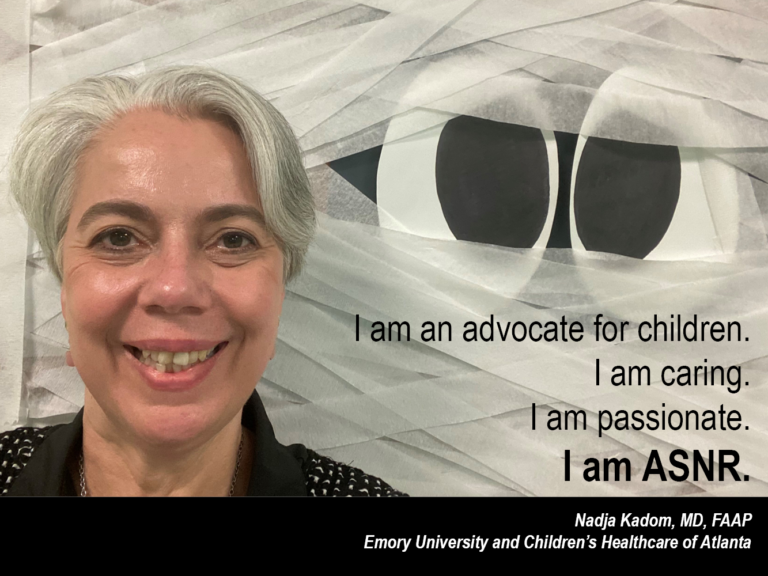
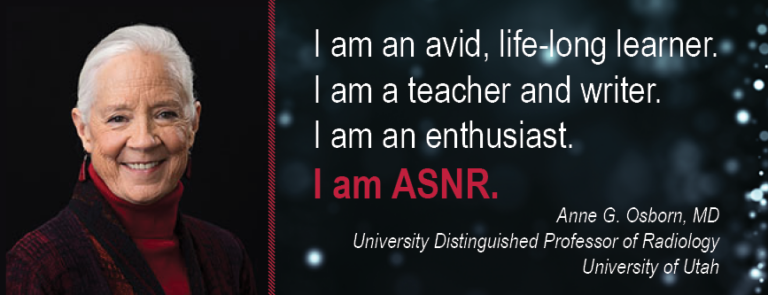
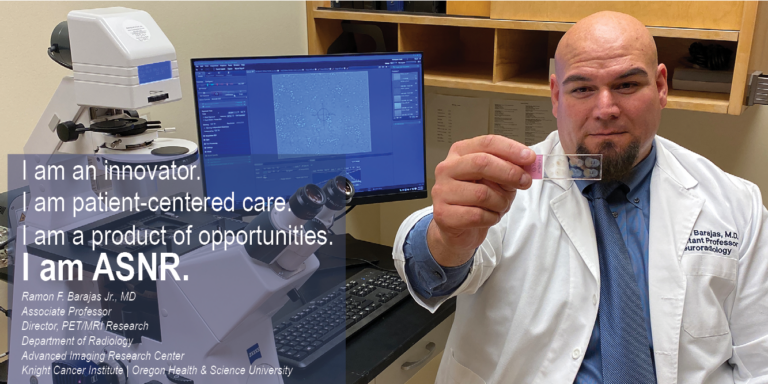
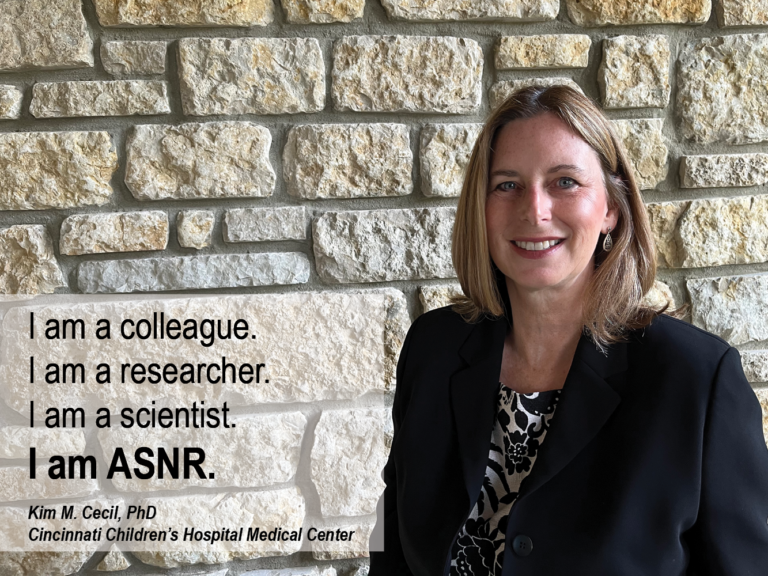
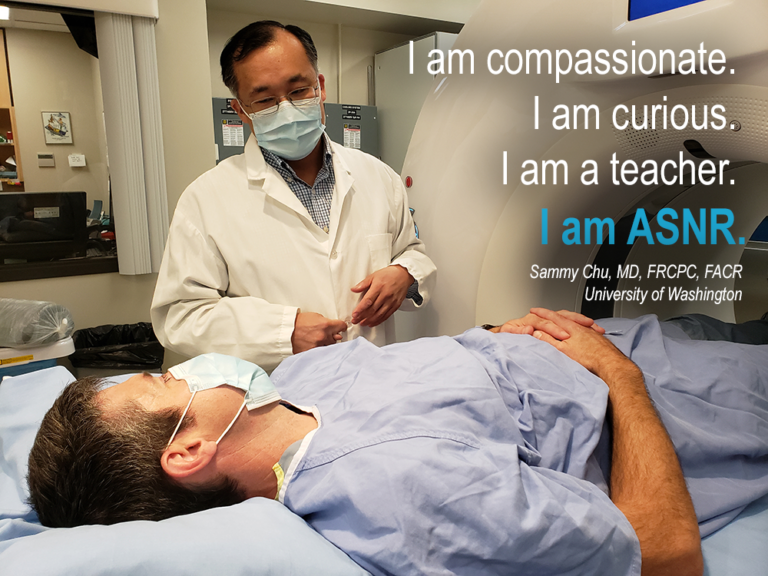
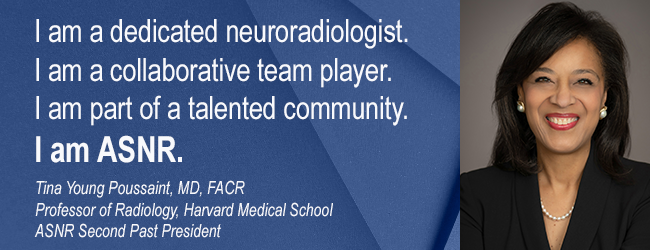
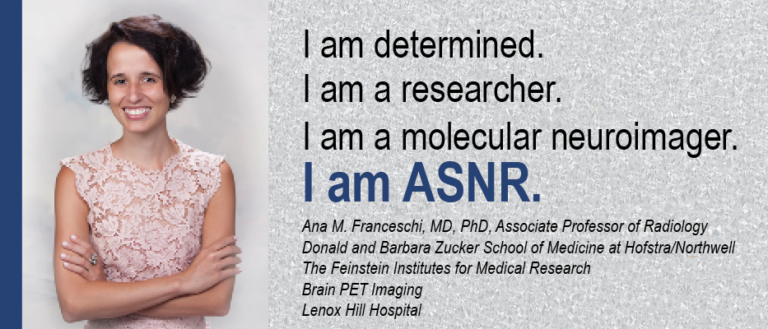
ASNR Welcoming Environment Policy
ASNR is committed to a welcoming environment for all participants in its events and users of its resources. All participants are required to conduct themselves in a professional manner at all times. We encourage a culture of bystander allyship, positive mentorship, and professional modelling.
Diversity & Inclusion Matters: Global Medical Trainees: Understanding Our Untapped Resource
WATCH NOW: https://www.pathlms.com/asnr/courses/77543
Diversity & Inclusion Matters: Hearing Both Sides: Mentor-Mentee Perspectives as Seen Through the Diversity Lens
WATCH NOW: https://www.pathlms.com/asnr/courses/71095
Diversity & Inclusion Matters: Neuroradiology Disability Inclusion
WATCH NOW: https://www.pathlms.com/asnr/courses/56243/video_presentations/268413
Diversity Equity and Inclusion in Big Data: How to Recognize Bias in Your AI and Machine Learning Applications
WATCH NOW: https://www.pathlms.com/asnr/courses/56243/video_presentations/268414
Artificial Intelligence: What the Neuroradiologist Needs to Know
WATCH NOW: https://www.pathlms.com/asnr/courses/56460/video_presentations/268486
Diversity & Inclusion Matters
WATCH NOW: https://www.pathlms.com/asnr/courses/56243/video_presentations/268416
Neuroradiology Updates and COVID-19
WATCH NOW: https://www.pathlms.com/asnr/courses/56243/video_presentations/268417
Diversity & Inclusion Matters: Understanding the Terminology & Making a Difference
WATCH NOW: https://www.pathlms.com/asnr/courses/56243/video_presentations/268418
Health Policy Week: Health Equity: What the Radiologist Needs to Know
WATCH NOW: https://www.pathlms.com/asnr/courses/56243/video_presentations/268419
Imaging of the Transgender and Gender Diverse Patient
WATCH NOW: https://www.pathlms.com/asnr/courses/56243/video_presentations/268420
A Celebration of the Talents and Experience of Asian and Asian American Educators in the ASNR
WATCH NOW: https://www.pathlms.com/asnr/courses/56243/video_presentations/268421
Diversity in Neuroradiology Practice Opportunities: Oh the Places You’ll Go…
WATCH NOW: https://www.pathlms.com/asnr/courses/56243/video_presentations/268422
Diversity in Neuroradiology Practice Opportunities: Oh the Places You’ll Go…Part 2
WATCH NOW: https://www.pathlms.com/asnr/courses/56243/video_presentations/268423
Diversity & Inclusion Matters: The New Interview Paradigm: Challenges and Opportunities
WATCH NOW: https://www.pathlms.com/asnr/courses/56243/video_presentations/268424
ASNR23: Women in Neuroradiology: Improving Diversity and Achieving Success
WATCH NOW: https://www.pathlms.com/asnr/courses/56790
ASNR23: The Changing Neuroradiology Practice: Opportunities and Challenges
WATCH NOW: https://www.pathlms.com/asnr/courses/56798
ASNR22/SNRXXII: Ageism and the ASNR: Addressing Barriers and Interactions from Post Millennials to Boomers
WATCH NOW: https://www.pathlms.com/asnr/courses/56694
ASNR21 Virtual: Health Equity and Health Disparities in the US: Current Status and Future Trends
WATCH NOW: https://www.pathlms.com/asnr/courses/56632
ASNR21 Virtual: Special Symposium Speaker: Cancer Disparities & COVID-19
WATCH NOW: https://www.pathlms.com/asnr/courses/56613
ASNR21 Virtual: Bridging Relationships and Responding to Inappropriate Behavior
WATCH NOW: https://www.pathlms.com/asnr/courses/56642
- Call to Action: Women in Neuroradiology’s Group (WINNERS)—Is There a Need? (October 2022)
- Health Equity: What the Neuroradiologist Needs to Know (March 2022)
- The American Society of Neuroradiology: Cultivating a Diverse and Inclusive Culture to Build a Stronger Organization (September 2021)
- Racial and Socioeconomic Disparities in the Use and Outcomes of Endovascular Thrombectomy for Acute Ischemic Stroke (August 2021)
- Parental Leave and Neuroradiology Fellowships (August 2020)
- Neuroradiology Fellowship Requirements: Updates in 2019 (March 2020)
- Influences for Gender Disparity in Academic Neuroradiology (January 2018)
- Bring Back the Joy in Neuroradiology (December 2017)
- Are We Effectively Informing Patients? A Quantitative Analysis of On-Line Patient Education Resources from the American Society of Neuroradiology (July 2014)
American Society of Head and Neck Radiology
The American Society of Head and Neck Radiology (ASHNR) promotes diversity throughout all events and activities of the society by welcoming participants independent of race, ethnicity, culture, nationality, age, gender, gender identity, sexual orientation, faith, economic status, abilities, education, specialty, and practice setting.
In addition, ASHNR is committed to a diverse membership, committee composition, annual meeting faculty, moderators, and attendees. ASHNR is devoted to foster an all-inclusive, open-minded culture to be able to deliver outstanding education to trainees and professionals of different backgrounds, to encourage creativity, problem solving and information exchange without fear, and to facilitate professional and personal relationships between members and/or event attendees.
Annual Meeting Sessions
- Dr. Patricia Rhyner — Leadership: Finding Roles, Accepting Challenges, Encouraging Diversity
- Dr. Ann Jay — Diversity, Equity, and Inclusion: Critical concepts for Head and Neck Radiologists
American Society of Functional Neuroradiology
The American Society of Functional Neuroradiology (ASFNR) is pleased to announce the creation of two, new joint awards, one with the National Medical Association (NMA) and one with the American Association for Women in Radiology (AAWR).
- ASFNR and NMA’s award will be awarded every other year with the goal of increasing the number of underrepresented minority radiologists engaged in the field of functional neuroradiology. Get complete details on this award here.
- ASFNR and AAWR’s award, The ASFNR-AAWR Carolyn C. Meltzer Joint Award, will also be awarded every other year and aims to increase the number of women in radiology engaged in the field of functional neuroradiology. Get complete details on the award.
Please note that ASNR is not responsible for the content of these resources. ASNR does not endorse any of the articles listed.
- AAWR Paid Family and Medical Leave Resources
- Three-Part On-Demand Webinar Series: Diversity in Clinical Research Symposium
- Radiology Health Equity Coalition
- AAMC and AMA Advancing Health Equity: A Guide to Language, Narrative and Concepts
- Association of American Medical Colleges: Diversity and Inclusion Toolkit Resources
- MIT Human Resources: Diversity, Equity and Inclusion
- EDUCAUSE Diversity, Equity and Inclusion Resources
- Brown University: Office of Institutional Equity and Diversity Toolkit
The Radiology Health Equity Coalition — Cancer Disparity Maps: A new online tool that reveals the overlap between cancer disparities and social determinants of health (SDOH) using advanced heat maps of U.S. counties.
This tool identifies community factors associated with cancer disparities and features interactive maps that visually reveal correlations between cancer metrics and SDOH variables. Developed with guidance from nine experts in cancer prevention, treatment, and health equity, the Cancer Disparity Maps leverages a comprehensive national, multi-level database aggregated by county. It includes data on breast, prostate, and lung cancer screening and prevalence and mortality rates.
Each map overlays one cancer metric – screening, prevalence, or mortality – with a county SDOH variable, stratified by national rank and displayed in a 9-color interactive choropleth heat map. The result is a clear visualization of associations between cancer disparities and community factors like minority population rates, education, poverty, income, unemployment, air quality, environmental burden, air pollution, and social vulnerability.
With 140 maps available, the Cancer Disparity Maps is a powerful tool for understanding and addressing cancer disparities across different communities.
Why Diversity, Equity, and Inclusion Matter for Nonprofits — Goes through not only the “how” of implementing a Diversity, Equity, and Inclusion plan, but also the “why” (whether your organization is a nonprofit or not). It provides several tools for embedding EDI into work at all levels of an organization.
Harvard Implicit Association Test — This test is included in the article above, but it’s worth highlighting for itself. We cannot honestly approach this work without first grappling with any biases we ourselves may hold. This simple test is meant to help individuals recognize their own implicit bias.
AMA Ed Hub™ Health Equity Education Center — A series of CME and educational activities aimed at addressing the root causes of inequities, including racism and other structural determinants of health. The content equips learners with core health equity concepts needed to support them as they continue to take action and confront health injustice.
The MSW@USC Diversity Toolkit—A Guide to Discussing Identity, Power, and Privilege — Looking for specific exercises that you can conduct with your team? The University of Southern California Suzanne Dworak-Peck School of Social Work has created several to help you engage your team in this work.
Racial Equity Tools Glossary — In order to facilitate communication and avoid misunderstandings around sensitive issues, it’s important that everyone is using the same language. Project Change has pulled together a glossary to help you and your team get on the same page.
The Alliance Equity, Diversity, and Inclusion resources, webinars, and group discussion forums — One of COA’s founding organizations and close partner, The Alliance for Strong Families and Communities, has a diverse spread of resources to help organizations work toward a just, fair, and inclusive society that contributes to everyone’s well-being. From tools to places for conversation, you’ll find it here.
What’s the Difference Between Diversity, Inclusion, and Equity?— Though this General Assembly blog post is geared toward tech companies, its content applies to everyone. In it you’ll find a good breakdown of the differences between diversity, inclusion, and equity and how they’re related. There are also a few basic exercises that may be helpful for individuals to do on their own or with colleagues to further clarify the definition of each.
Diversity, equity, and inclusion consultants share a script to respond to racist microaggressions at work so you know exactly what to say in the moment — This article from Business Insider could be helpful particularly for staff of color, because it talks about how to approach and respond to microaggressions. It’s also helpful to organizations for learning about microaggressions and how they may or may not be perpetuated in the workplace.
Urgently Looking for Anti-Racism Training for Your Company? Start Here. — This Medium article gives a blunt examination of where diversity, equity, and inclusion efforts at an organization often stand, which can provide a kick in the pants to get things started. It offers a nice set of questions and points to consider when engaging in diversity, equity, and inclusion efforts.
11 Books To Read If You Want To Be A More Inclusive Leader — This post from Forbes provides a great roundup of books that take on different aspects of EDI work. Each helps leaders (or aspiring leaders) to enhance “soft” skills and tackle implicit or unconscious biases to become more inclusive. It’s a great place to dive deeper into specific areas of interest and is sure to provide great food for thought for professional development work or even staff book clubs.
Racial Equity Tools Library — Hungry for more resources than are offered here? This is a great database of information and tools to support individuals and organizations working to achieve racial equity. This library is the product of a collaboration between several social policy focused national organizations, it offers tools, research, tips, curricula and data for anyone to use and learn from. Here you will find resources about justice at every level – in systems, organizations, communities and the culture at large.


